The space-based gravitational wave detection program "Tianqin," meaning "harp in the sky," was officially launched in July 2015. Tianqin program, consisting of three satellites in orbit at an altitude of about 100,000 kilometers, plans to form an equilateral triangle constellation around 2035 to construct a space gravitational wave observatory.
As a representative project in the space gravitational wave detection field in China, how does the Tianqin program achieve the latest advancements? Ye Xianji, deputy director of the Key Laboratory of the Ministry of Education on Tianqin program at Sun Yat-sen University, interpreted this in an exclusive interview with China News Service.
Tianqin program has a roadmap called the 0123 plan, which drives the realization of critical technologies in stages. A CNS reporter saw a 1.2-meter laser ranging telescope working at the Tianqin Laser Ranging Station on the top of Fenghuang Mountain in Zhuhai, south China's Guangdong Province. Scientific researchers were recording relevant data in the control room.
It is understood that on June 8, 2019, the station successfully obtained echo signals from lunar reflectors. In November 2019, it historically measured the echo signals of all five laser reflectors on the lunar surface, making China the third country in the world to successfully measure the echo signals after the United States and France, marking a breakthrough for Chinese people in measuring the moon in 30 years. This is the beginning of the Tianqin program, which provides technical support for the high-precision orbit determination of Tianqin's 100,000 km orbital satellites.
The Tianqin-1 satellite was sent into space on Dec. 20, 2019. The satellite utilizes high-performance inertial reference measurement data in orbit to establish a 15-order Earth gravity field model. This marks the first time China has used domestically developed autonomous satellites to measure global gravity field data, making China the third country in the world capable of independently detecting the global gravity field. Building upon the significant achievements of the Tianqin-1 satellite, the Tianqin-2 satellite project is progressing smoothly and is expected to be ready for launch by the end of 2025.
The LISA (Laser Interferometer Space Antenna) and Tianqin program are space gravitational wave detection projects, but their orbits and frequency detection bands differ. They complement and cooperate, aiming to accurately determine the information of gravitational wave sources and unravel more cosmic mysteries for mankind.











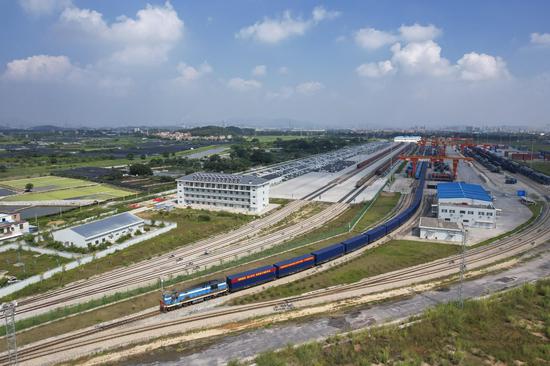





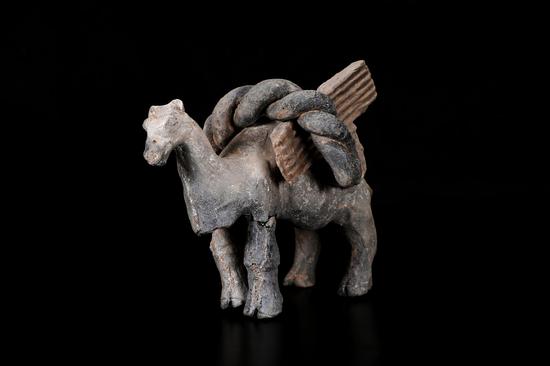
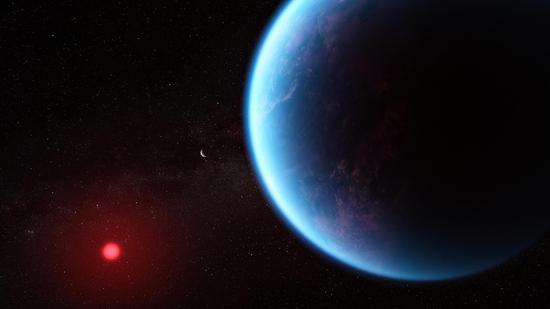




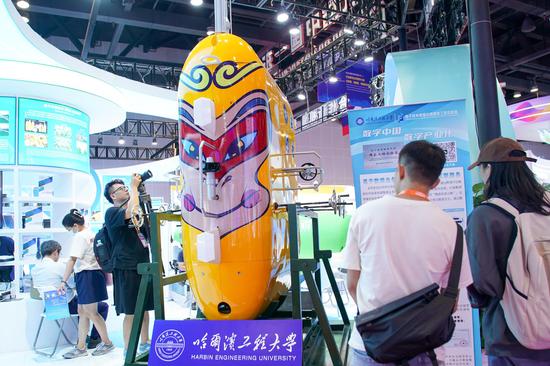
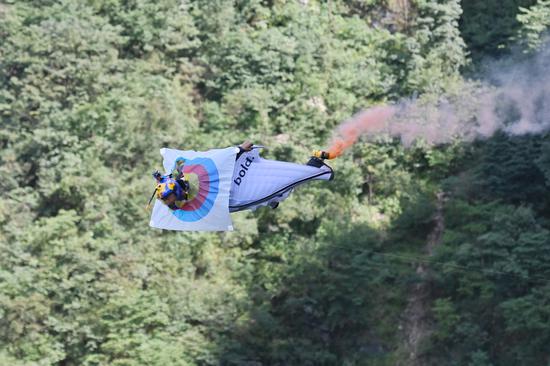
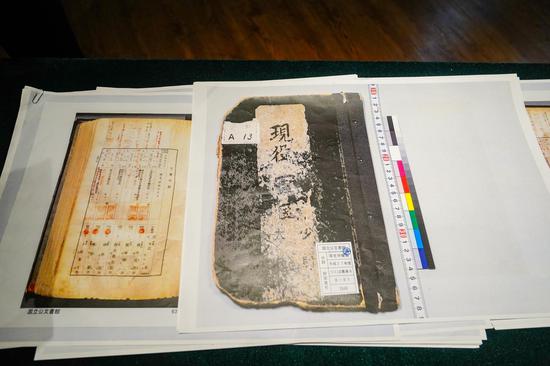



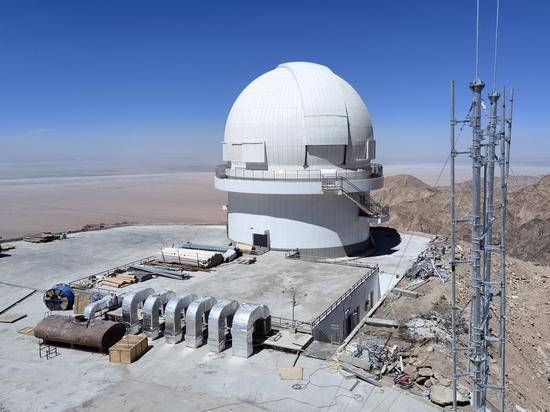





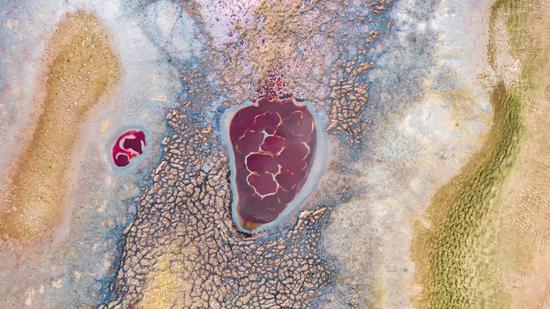

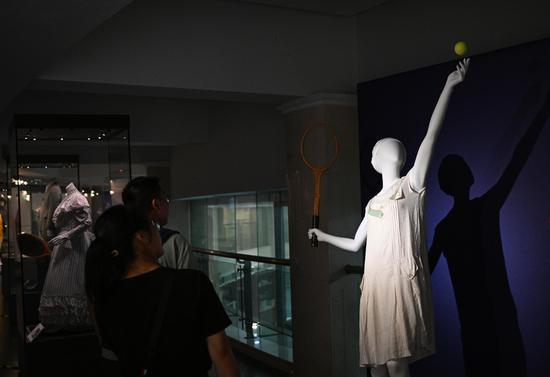

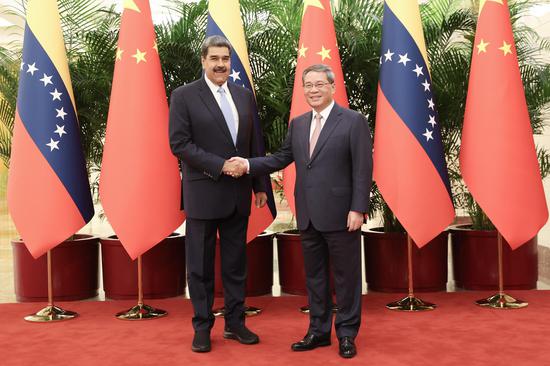
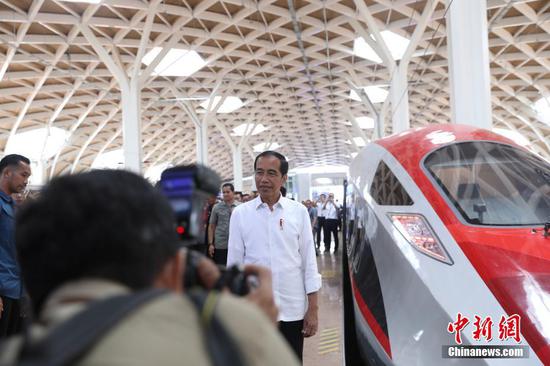

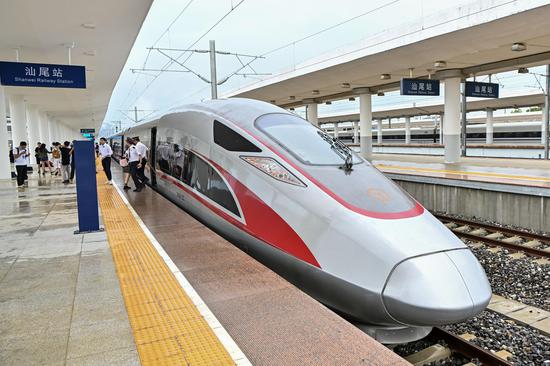







 京公网安备 11010202009201号
京公网安备 11010202009201号